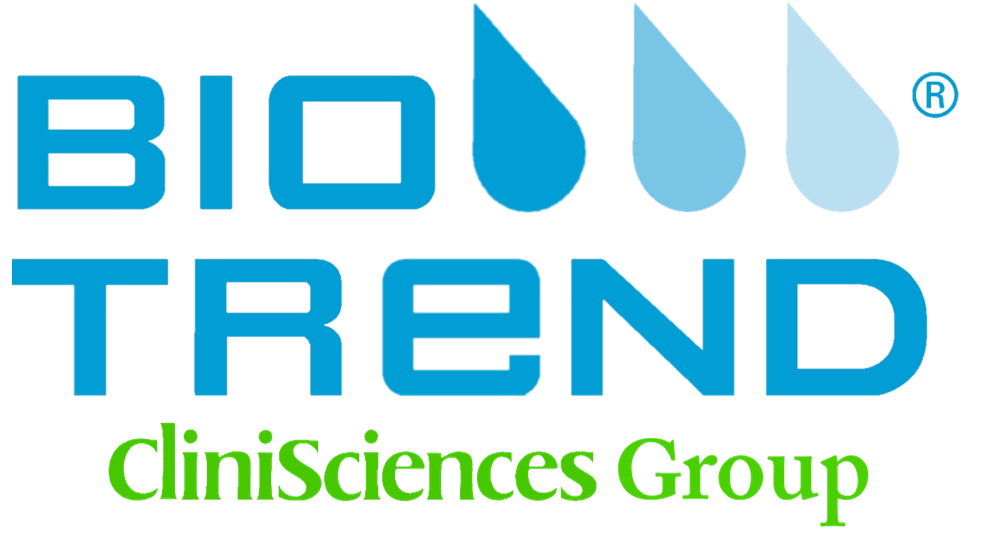Apocynin [498-02-2]
Cat# HY-N0088-1ml
Size : 10mM/1mL
Brand : MedChemExpress
| Description |
Apocynin is a selective NADPH-oxidase inhibitor with an IC50 of 10 μM[1][2]. Apocynin improves acute lung inflammation in Carrageenan (HY-125474)-induced pleurisy mice model[3]. Apocynin can also be used for cancer research[4]. Apocynin reverses the aging process in mesenchymal stem cells to promote osteogenesis and increases bone mass[5]. |
||||||||||||||||||||||||
|---|---|---|---|---|---|---|---|---|---|---|---|---|---|---|---|---|---|---|---|---|---|---|---|---|---|
| Cellular Effect |
|
||||||||||||||||||||||||
| In Vitro |
Apocynin (100 μM; 1-7, 14 days) shows a significant increase in the expression level of an osteogenic marker in the aging BMSCs after osteogenic induction[3]. MedChemExpress (MCE) has not independently confirmed the accuracy of these methods. They are for reference only. Western Blot Analysis[3]
Cell Proliferation Assay[4]
RT-PCR[3]
|
||||||||||||||||||||||||
| In Vivo |
Apocynin (0.1 mg/kg/day, i.p., three times per week for 3 months) increases bone mineral density and total bone volume in SAMP6 mice[3]. MedChemExpress (MCE) has not independently confirmed the accuracy of these methods. They are for reference only.
|
||||||||||||||||||||||||
| Clinical Trial |
|
||||||||||||||||||||||||
| Molecular Weight |
166.17 |
||||||||||||||||||||||||
| Formula |
C9H10O3 |
||||||||||||||||||||||||
| CAS No. | |||||||||||||||||||||||||
| Appearance |
Solid |
||||||||||||||||||||||||
| Color |
Off-white to gray |
||||||||||||||||||||||||
| SMILES |
CC(C1=CC=C(O)C(OC)=C1)=O |
||||||||||||||||||||||||
| Structure Classification | |||||||||||||||||||||||||
| Initial Source | |||||||||||||||||||||||||
| Shipping | Room temperature in continental US; may vary elsewhere. |
||||||||||||||||||||||||
| Storage |
|
||||||||||||||||||||||||
| Solvent & Solubility |
In Vitro:
DMSO : ≥ 100 mg/mL (601.79 mM; Hygroscopic DMSO has a significant impact on the solubility of product, please use newly opened DMSO) H2O : 3.33 mg/mL (20.04 mM; ultrasonic and warming and heat to 60°C) *"≥" means soluble, but saturation unknown. Preparing
Stock Solutions
View the Complete Stock Solution Preparation Table
*
Please refer to the solubility information to select the appropriate solvent. Once prepared, please aliquot and store the solution to prevent product inactivation from repeated freeze-thaw cycles. * Note: If you choose water as the stock solution, please dilute it to the working solution, then filter and sterilize it with a 0.22 μm filter before use. Select the appropriate dissolution method based on your experimental animal and administration route.
For the following dissolution methods, please ensure to first prepare a clear stock solution using an In Vitro approach and then sequentially add co-solvents:
|
||||||||||||||||||||||||
| Purity & Documentation |
Purity: 99.94% |
||||||||||||||||||||||||
| References |
|



